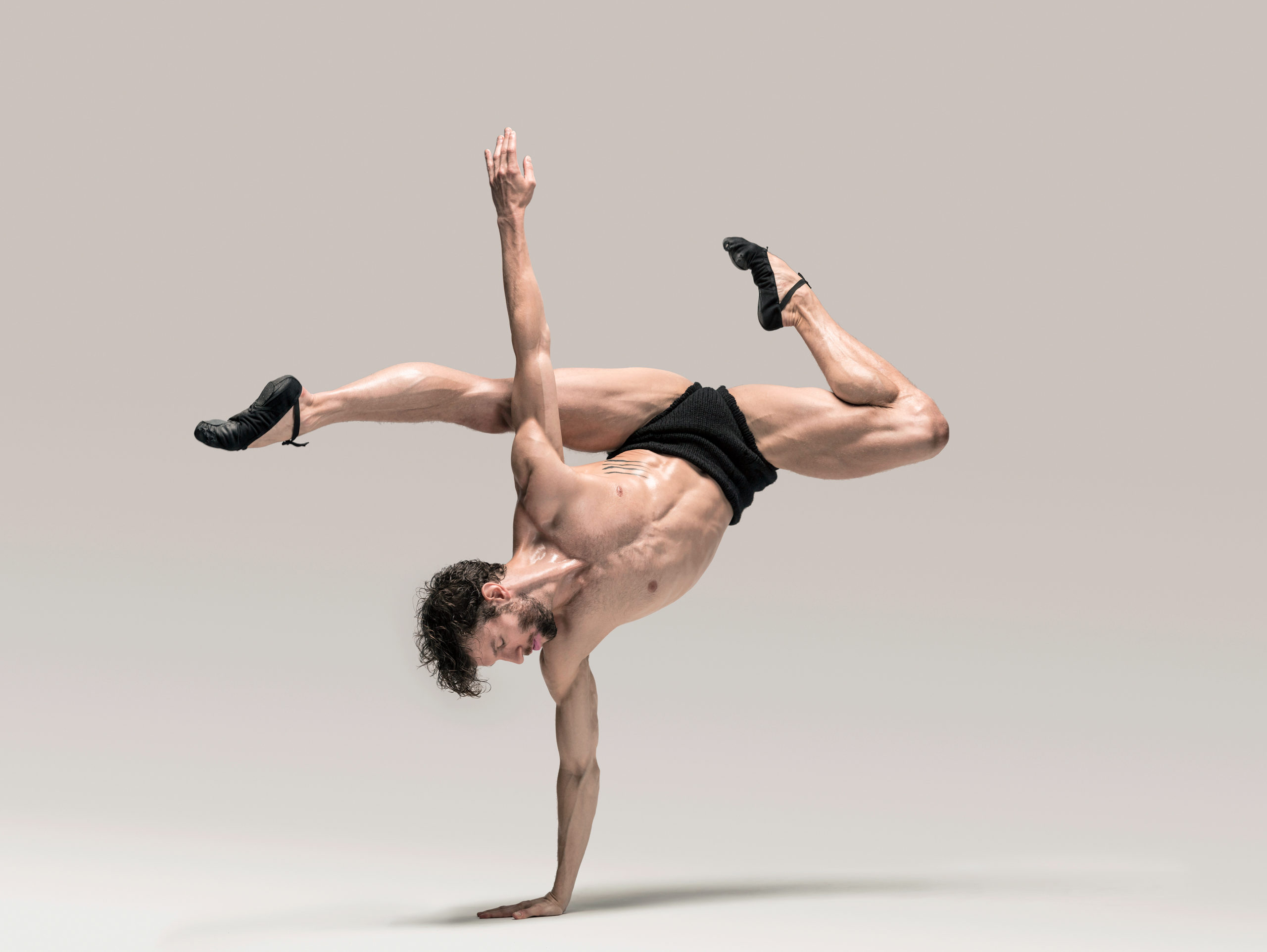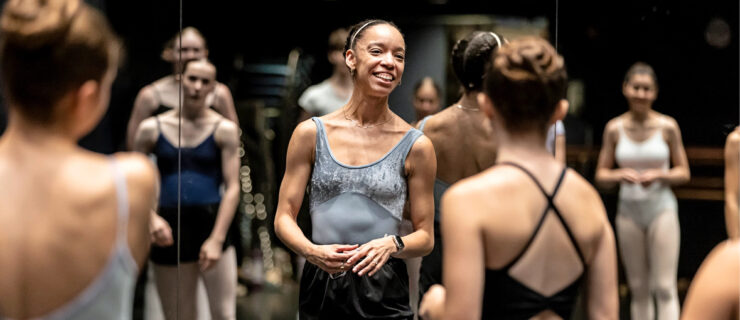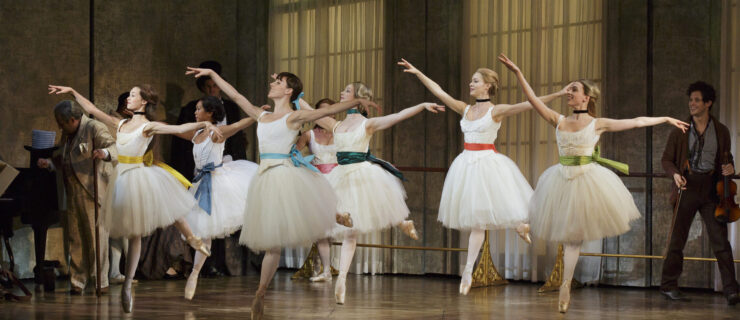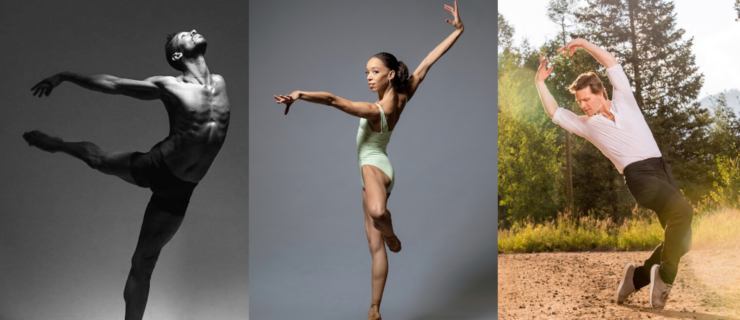James Whiteside’s New Memoir Is a Portrait of a Boldly Multifaceted Artist
American Ballet Theatre principal James Whiteside is not one to stand still. His creative repertoire includes dance, choreography, photography, music and drag, performing the latter two through the alter egos of JbDubs and Ühu Betch. Recently, Whiteside took on a new role: author. His memoir-in-essays, Center Center, is due out on August 17. He slowed down to write it, forgoing ABT’s 2019 Nutcracker run for the solitude of his friends’ empty cottage in upstate New York. The result is a witty, vivacious, introspective work discussing his life and the ballet world with rare candor.
Whiteside has been a leader in the shift toward ballet dancers taking charge of their careers, celebrating their multidimensionality in the process. “In ballet, there’s this seriousness judgment,” he says. “I’ve been viewed as sort of a flippant artist because I appear to be having fun, and I do whatever the hell I want creatively, when, in fact, my diligence in expressing myself is part of my love of art. I know myself to be a disciplinarian, a hard worker and a creative. And I’m very confident in that.”
Pointe spoke with Whiteside about his experience writing the book, how his early life shaped him and how other dancers can access their authentic voices.
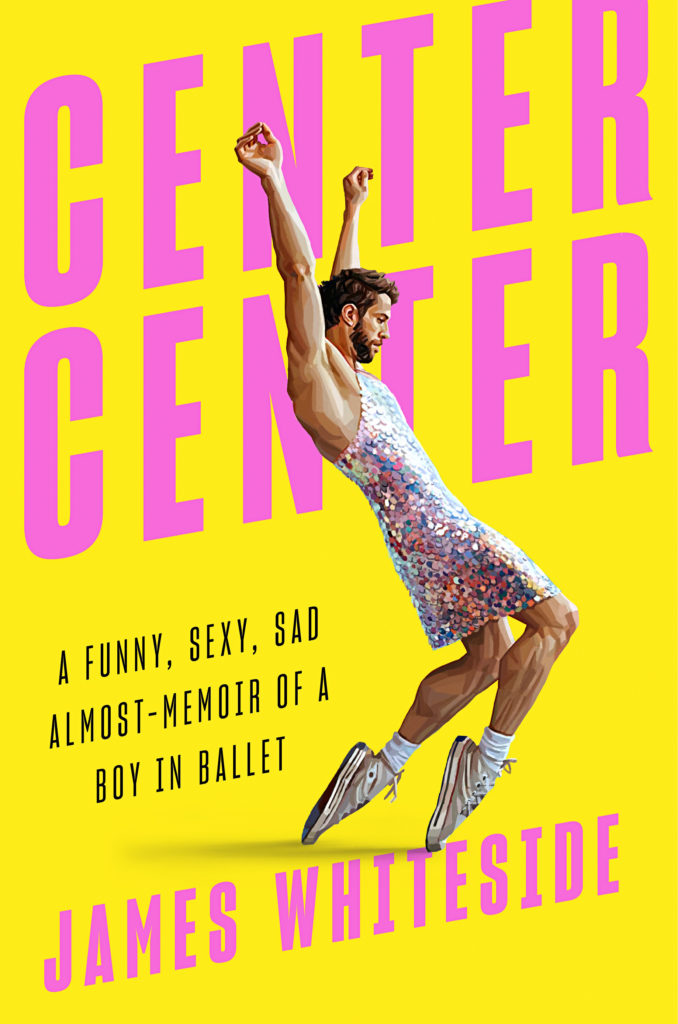
You wrote that keeping judgment “at arm’s length” had been a defense mechanism your whole life, fearing that being vulnerable in your work would make you fully visible. Did you still have to overcome that when you were writing this?
I’ve never written a full-length work before. It almost felt like I wrote it as if no one would ever read it, like it was a journal entry and a way for me to express the vulnerability that I’ve never been able to verbalize. So, yes, now that the thing is done, and I’ve come to grips with the fact that people are actually going to read it, I’m freaked out, of course. But I’m excited because I worked so hard on it for so long.
Creatively, how does writing a book compare to your other artistic pursuits?
Everything that I do creatively comes from the same wellspring. So making a dance, or a song, or doing a drag number, or writing a book, it all comes from the experiences I’ve had and all of the things I find interesting.
At one point, you talk about navigating your divorced parents’ respective households growing up. One was strict, the other more relaxed, and there was a difference in financial stability. Then you went into such a traditional art form, and you’re helping it to attract a wider audience. Do you feel like your experience with those changing environments affected your perspective of ballet?
Yeah, absolutely. Even in separating my home life from my training, I feel like I had all of these different behavioral personalities. Each one gave me the tools to survive many situations. A ballet company can be a tough place to thrive. I think the dualities in my childhood gave me a really thick skin.
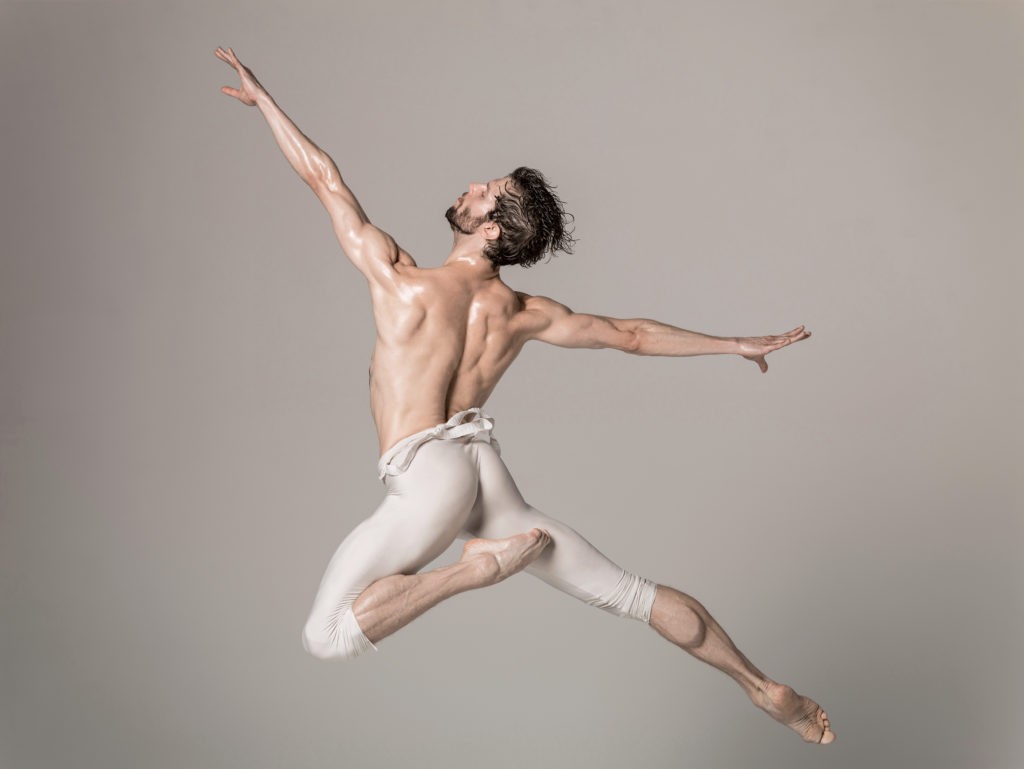
How did you decide to structure this as a non-chronological series of essays?
I’m 36 right now, and I’m just not in a place to write a throughline memoir. I wanted fun vignettes, and I’m greatly inspired by other essayists, like David Sedaris. I love the fantasy of animated comedy, so I wanted it to feel like an animated comedy television show with each little story—like a mixture of “Family Guy,” “BoJack Horseman,” “The Simpsons,” “Looney Tunes.”
The book has illustrations by Teddy O’Connor, who animates the hit TV show “Rick and Morty.” How did that collaboration come to be?
I wrote a TV pilot just for fun and shared it with my friend Garen Scribner, who was a soloist with San Francisco Ballet. He has been doing production and television, and he was like, “This would make a really fabulous animated television show.” So I was put in touch with Teddy O’Connor, who is a storyboard artist and animator for both “Rick and Morty” and a fantastic Hulu animated program called “Solar Opposites.” We hit it off so well. When the book deal started happening, I knew I wanted illustrations. Teddy O’Connor was the only one I wanted. I needed the sort of grotesquery that he could provide because some of the stories are quite harrowing. It’s a touch of humor and a touch of horror.
Wait—you wrote a TV pilot?
I wrote a television show called “The Ballet Company.” It’s essentially a sitcom starring friends in a ballet company. Straight, gay, you name it. There are various characters based on people that I’ve come into contact with throughout my career. It’s set in a theater, much like the Metropolitan Opera House. I haven’t pitched it to anyone yet.
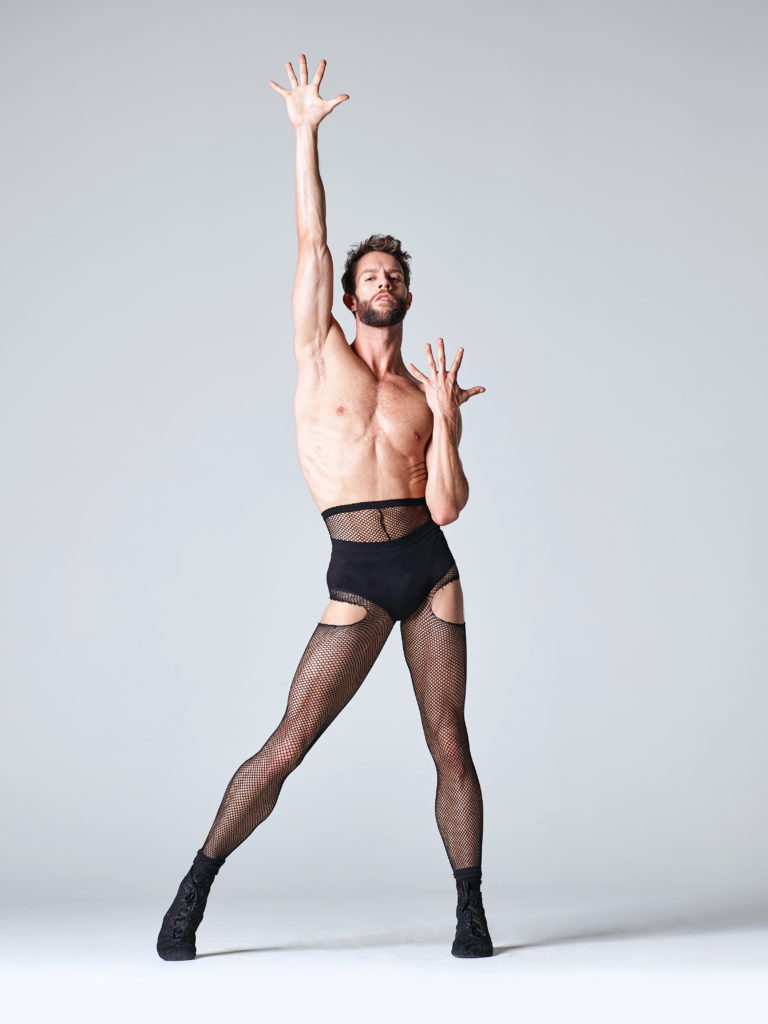
What impact do you want this book to have?
It’s sort of ironic, because I didn’t write it to impact anybody. I wrote it because I felt strongly about the stories I was telling. It’s not appropriate for children, so I can’t say that I hope it inspires young people. I hope people can relate to it. There’s a lot that happened to me that happens to everybody. But I hope the way I tell it gives people a little whisper of catharsis. I hope people laugh.
Even though the work isn’t for young readers, is there anything you wish you could say to your teenage self?
I had a double standard for myself: one that was unapologetically doing my own thing at all times, and then another that was really concerned with what other people thought of me. [I’d tell myself to] believe in your own messages—what you want to be doing, how you want to do it.
It’s so funny that as you get older, the things that you feel insecure about end up being the things you’re strongest about. That freedom and boneheaded approach that I had are now what people are celebrating. So quit putting down your strongest attributes and lean into them.
And something I want to tell the teens of today: Ask your parents for 20 bucks, go to your local bookstore and buy my book so that you can hide it under your pillow, and don’t tell them I told you to do it. Because if I were a teenager, I would be so excited to read my book.
Do you have any advice for other dancers who want to express themselves in ways that aren’t traditionally celebrated in ballet, but who haven’t found their voice yet?
Try everything. That can range from poetry, singing, painting, sculpture, making dance—your fear of judgment should not thwart anything you feel within you that needs to come out. And share what you’re doing, because I think you will be surprised by the positive reinforcement that you get.
